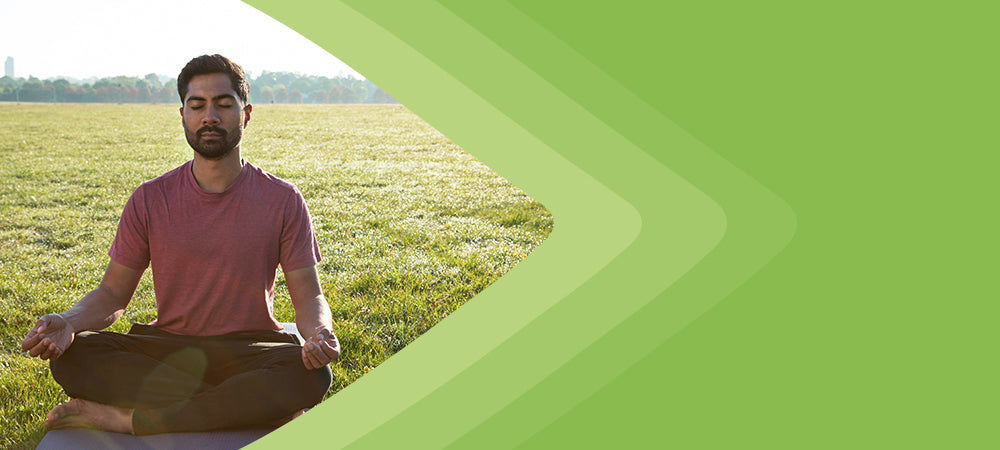Article: The Power of Breathing Techniques: A Simple Way to Combat Insomnia, Stress, Anxiety, Depression, and Breathing Difficulties

The Power of Breathing Techniques: A Simple Way to Combat Insomnia, Stress, Anxiety, Depression, and Breathing Difficulties
In today’s fast-paced world, many of us struggle with common issues like insomnia, stress, anxiety, depression, and even breathing difficulties. These conditions can take a toll on both mental and physical health, but there is a simple and natural remedy that can make a significant difference—breathing techniques.
Breathing exercises are a proven way to calm the mind, regulate emotions, and improve overall well-being. Incorporating these exercises into your daily routine can help ease symptoms of insomnia, reduce stress, manage anxiety and depression, and improve lung function. Here’s how adding breathing techniques to your life can help you achieve better mental and physical balance.

1. Breathing Techniques for Insomnia
Many people who suffer from insomnia struggle to calm their minds and bodies before bed. Breathing techniques like 4-7-8 breathing can help promote relaxation, signaling to your brain that it’s time to sleep. This method involves inhaling through your nose for four seconds, holding your breath for seven seconds, and exhaling through your mouth for eight seconds. The slow, controlled breathing pattern reduces heart rate and promotes calmness, helping you fall asleep more easily.
Incorporating this technique into your nightly routine can improve the quality of your sleep, allowing you to wake up feeling more refreshed.

2. Managing Stress and Anxiety Through Breathing Techniques
Stress and anxiety often cause shallow, rapid breathing, which can exacerbate feelings of panic and unease. Practising deep breathing techniques can help counteract this natural response by engaging the parasympathetic nervous system, which controls the body's relaxation response.
One simple technique is diaphragmatic breathing, where you focus on deep breaths that fill your lungs fully. Sit comfortably, inhale deeply through your nose, allowing your belly to expand, and then exhale slowly through your mouth. This controlled breathing helps reduce stress hormone levels, promoting a sense of calm and relaxation.
Regularly practising this technique can help manage everyday stress and reduce anxiety levels.

3. Using Breathing Techniques to Alleviate Depression
Depression is often linked with feelings of helplessness, low energy, and lack of motivation. Breathing exercises, like alternate nostril breathing, can help balance the brain’s hemispheres and improve mental clarity, which can positively impact mood and energy levels.
To practise this technique, close your right nostril with your thumb and inhale deeply through your left nostril. Then, close your left nostril and exhale through your right nostril. Repeat the process by switching nostrils. This exercise can help regulate emotions and create a sense of inner peace, making it a helpful addition to your mental health routine.

4. Improving Breathing Difficulties with Breathing Techniques
Breathing exercises aren’t just for mental health—they can also improve respiratory function for those with asthma, COPD, or other breathing difficulties. Techniques like pursed-lip breathing help increase airflow and reduce the work of breathing.
To perform this exercise, inhale slowly through your nose and then exhale through pursed lips (as if you’re blowing out a candle) for twice as long as your inhale. This method helps release trapped air from the lungs, making breathing easier. Practising this regularly can improve lung capacity and overall respiratory function.

5. Making Breathing Techniques a Daily Habit
The beauty of breathing exercises is their simplicity. You don’t need any special equipment or a lot of time—just a few minutes each day can make a world of difference. Whether it’s incorporating a breathing routine before bed to combat insomnia, using deep breathing to manage stress during the day, or practising alternate nostril breathing to lift your mood, these techniques are versatile and effective.
To reap the full benefits, consistency is key. Start by practising for just 5-10 minutes a day, gradually increasing the time as you become more comfortable. Over time, you’ll notice improvements in your mental clarity, emotional balance, and physical well-being.
Conclusion
Breathing techniques are a powerful, natural tool that can help you manage insomnia, stress, anxiety, depression, and breathing difficulties. By dedicating a few minutes each day to these exercises, you can improve both your mental and physical health, leading to a calmer, more balanced life. Start practising today and discover the transformative benefits of simply breathing with intention.
